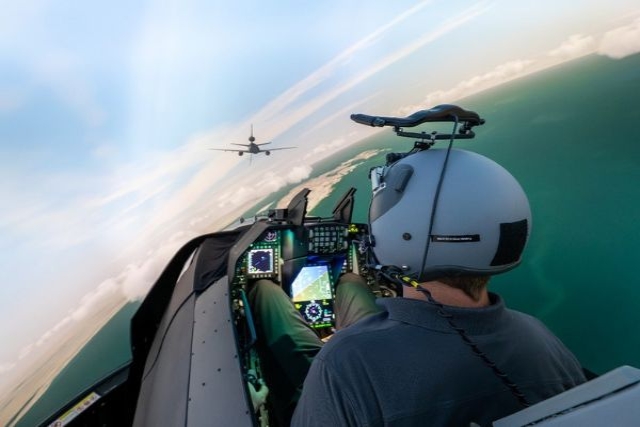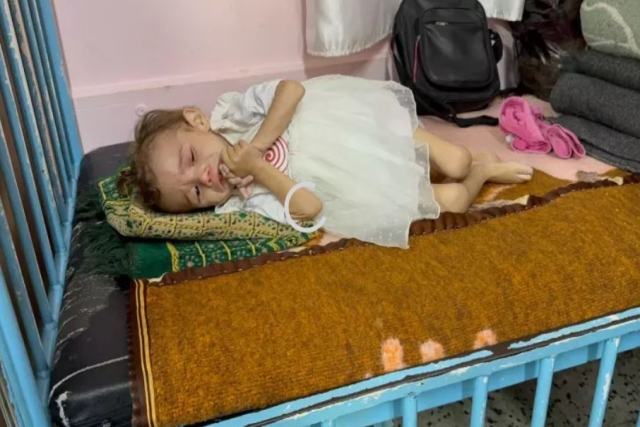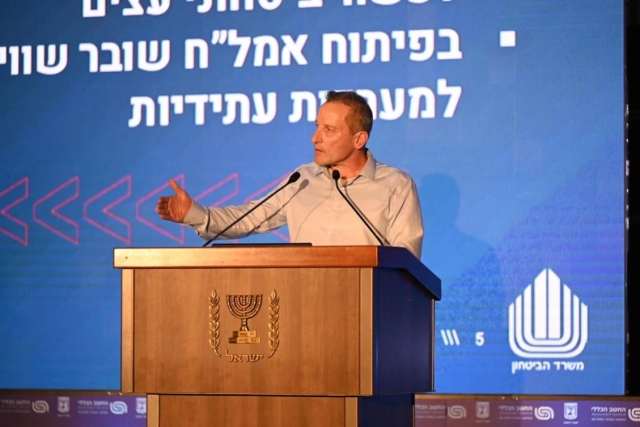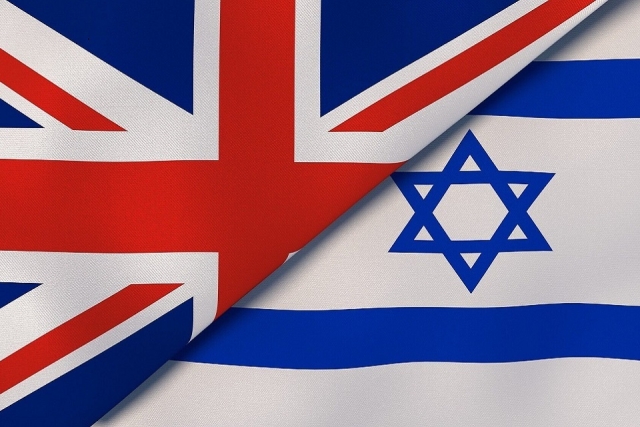CAE-Macmet to demonstrate simulation technologies at Aero India

Mr. H J Kamath, President, CAE-Macmet
AeroIndiaNews.com, the online show daily of Aero India 2009 interviewed Mr. H J Kamath, President, CAE-Macmet on his company's plans in the simulation sphere.
DW : Post acquisition of Macmet, what are the military simulation projects you are doing and plan to do in India?
H J Kamath, President, CAE-Macmet: CAE-Macmet is currently working on a range of projects for the Indian Armed Forces, as well as projects for various laboratories belonging to the Defence Research and Development Organisation (DRDO). For example, we are developing an integrated tank simulator for the Combat Vehicle Research and Development Establishment (CVRDE) and a missile simulator for the Defence Research Development Laboratory (DRDL). CAE-Macmet is in the process of supplying the Indian Navy with the second Action Speed Tactical Trainer (ASTT), which is a naval tactical training system. We are also developing two Dornier DO-228 flight training devices and one MiG-21M fixed base simulator for the Indian Air Force. Through CAE-Macmet, we are bringing CAE’s full breadth of simulation capabilities and expertise to the Indian defence market, including technologies such as the Common Database (CDB) and CAE Medallion-6000 visual system which we will be demonstrating at Aero India. We are excited about the military simulation and training opportunities in India for fighters, helicopters, transport and maritime patrol aircraft, and UAVs because of the compelling value proposition of simulation, which no company does better than CAE.
DW : What will the helicopter joint venture with HAL do?
H J Kamath, President, CAE-Macmet: The joint venture we have established in India with HAL is called the Helicopter Academy to Train by Simulation of Flying (HATSOFF). This joint venture is planning to open in 2010 the first simulator training facility in India for military and civil helicopter pilots. As part of this initiative, CAE is designing and manufacturing a full-mission simulator featuring our revolutionary roll-on/roll-off cockpit design, which enables cockpits representing various helicopter types to be used in the simulator. In partnership with HAL, we’ll be developing simulator cockpits for two variants of the HAL-built DHRUV, the Bell 412, and the Eurocopter Dauphin. Other helicopter platforms may be added in the future based on customer requirements. There is a growing urgency for more high-fidelity synthetic training for helicopter operators, both civil and military. The International Helicopter Safety Team has an objective to reduce helicopter accident rates by 80 percent by 2016, and one of the key enablers to achieving this is more simulation-based training. CAE is committed to the use of simulation to enhance safety and mission readiness, and HATSOFF is a perfect example of how we are contributing to this objective in India.
DW : Can you please describe what the CAE Medallion-6000 visual system is and what aspect of training it imparts to defence personnel?
H J Kamath, President, CAE-Macmet: In a full-mission simulator, the virtual or synthetic world that pilots see “out-the-window” is created by three things: a database represents all the data in the virtual world, an image generator renders the images you see, and those images are displayed on a visual display system. The CAE Medallion-6000 is CAE’s latest generation image generator designed specifically for the demanding, high-fidelity synthetic environments required for military applications. When combined with other CAE technologies, such as the Common Database (CDB) and liquid crystal on silicon (LCoS) projectors for the display system, the CAE Medallion-6000 helps create ultra-realistic virtual worlds ideal for military training and mission rehearsal. At Aero India 2009, you will be able to see how the CAE Medallion-6000 and other CAE technologies can be used by defence forces to prepare for mission success.
DW : You have training systems for UAVs. Can you provide a brief description of the system, what types of UAVs you can train for, and what is the market potential in India?
H J Kamath, President, CAE-Macmet: CAE-Macmet’s high-fidelity UAV simulator is an integrated product that combines a vehicle operator station with a synthetic environment to support UAV research, training and operations. The multi-purpose nature of the UAV simulator permits it to be used throughout the UAV life cycle, from operational analysis and platform definition to acquisition and operator/mission training. CAE-Macmet’s UAV simulator can be reconfigurable to various UAV platforms to support concept development and experimentation with different sensors and payloads. In addition, CAE is collaborating with Israel Aircraft Industries (IAI) to develop a comprehensive UAV Mission Training System to support all mission stages, including planning, briefing, execution and debriefing. We see tremendous potential for this type of solution in India.
DW : Considering your various projects in India, what is the amount of investment CAE has made so far in India and what investments are you looking at going forward?
H J Kamath, President, CAE-Macmet: The Indian market is of strategic important to CAE and this importance is demonstrated in the investments CAE has made in India. These investments include the acquisition of Macmet, the formation of a joint venture with HAL that will open a new helicopter training centre, and a 150-person engineering centre of excellence in Bangalore. For the civil aviation market, CAE has opened a new training centre in Bangalore, initially for A320 and B737NG training. CAE and the Airports Authority of India jointly own the Rajiv Gandhi National Flying Institute in Gondia, and CAE also manages the Indira Gandhi Rashtriya Uran Akademi (IGRUA), the Indian government’s national flying institute. With the Indian aviation industry as well as the Indian defence forces facing growth challenges, CAE believes simulation and training will continue to take on more importance so we will continue to make significant investments in India.
DW : Are there any other comments you have as Aero India approaches?
H J Kamath, President, CAE-Macmet: CAE fully recognizes we and our military customers are operating in increasingly challenging times, but we are cautiously optimistic about the future. Simulation offers a number of advantages, most notably cost advantages, that simply cannot be ignored in today’s uncertain economic and threat environment. The increased cost of fuel, environmental impacts, and significant wear and tear on weapon systems all point to the greater use of simulation and synthetic training. Just as important, simulation is the perfect tool for mission preparation and rehearsal, which is critical for ensuring the readiness of defence forces as they face new and changing threats. CAE-Macmet can offer India’s military forces a range of world-class simulation technologies and solutions to help ensure mission readiness.










